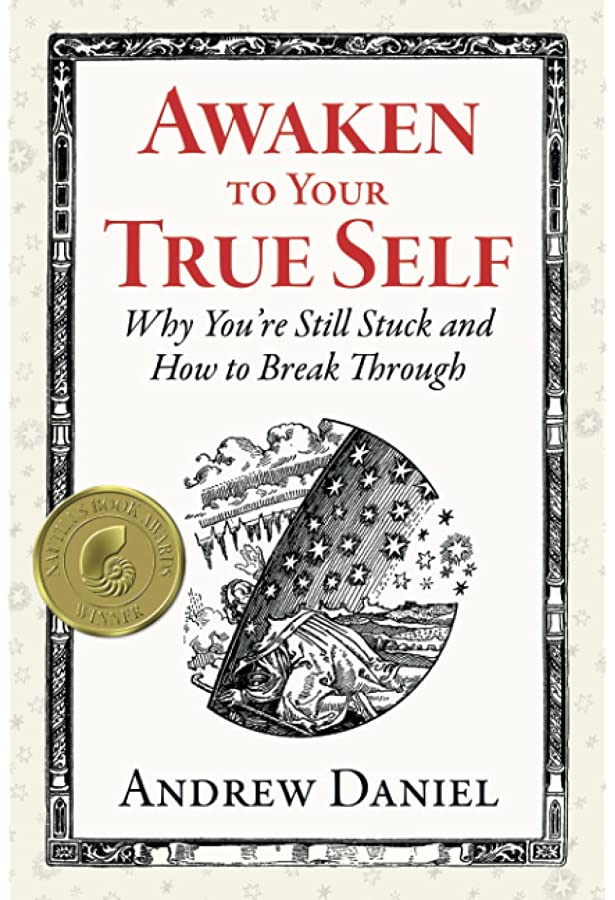Nurturing the Souls of Our Children: Education and the Culture of Democracy
Date of Publication: June 01, 2005
 Nurturing the Souls of Our Children: Education and the Culture of Democracy argues for a change in our educational philosophy from a utilitarian, outcome-based program to one that emphasizes personality and cultural identity formation as the foundation of a democratic culture.
Nurturing the Souls of Our Children: Education and the Culture of Democracy argues for a change in our educational philosophy from a utilitarian, outcome-based program to one that emphasizes personality and cultural identity formation as the foundation of a democratic culture.
Topic: Educational philosophy
Level: teacher education/on-going education: undergraduate/post-graduate
This book on K-12 education is structured in three parts. Part one describes the American (and increasingly global) experiment in creating a “culture” of democracy (different from a secular, socio-political concept). It advocates a delicate balance between collective (cultural) consciousness and the individual cultural identity of an archetypally grounded individuated personality.
In the K-12 system, the most profound inspiration for the child comes through a sacred trust of parents-child-teacher, where the teacher is engaged in the individuation process by actively, “Seeking the Archetype of the Teacher,” the title of Part two.
Part three is a complete K-12 cultural education curriculum outline with emphasis on a six-year core cultural education curriculum (grade 6-11). “The emphasis of the educational experience is on personality development within the framework of a study of the human cultural continuum and its developed system of sacred values.”(p. 275) The objective is to lay a foundation in mythological symbolism for pursuing the heroic journey of the individuation imperative at the time in one’s life when one is called to do that.
The Author
Robert Mitchell served in the Vietnam War, followed by a 12-year individuation-initiation odyssey of healing, transformation and re-integration into society (recounted in a two-volume memoir, 2011,2012). He taught math, English and history in both private and public secondary schools in Illinois, California and Maryland for 27 years, before retiring from the classroom to write and publish in 2006. Synopses and reviews of all three books can be found on Amazon.com.








